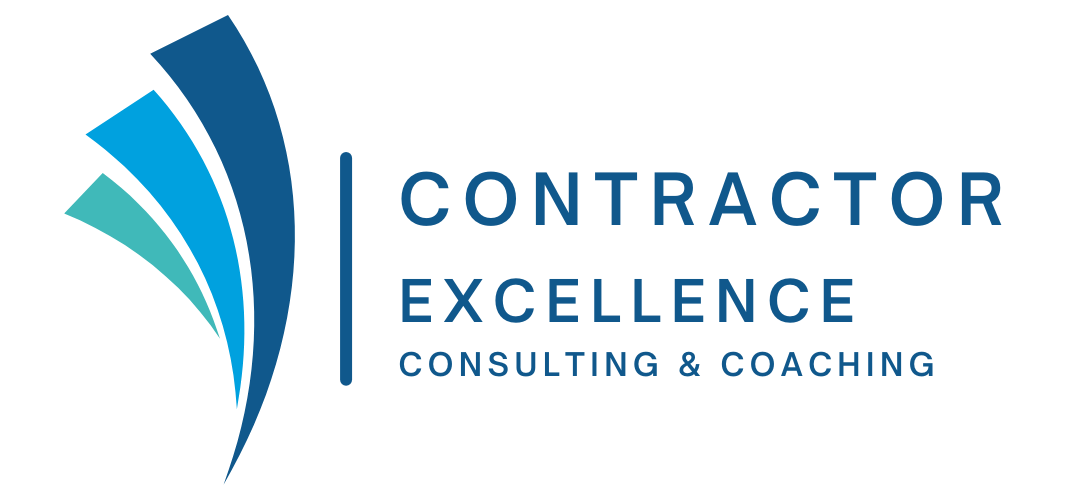What Does it Mean to Recession Proof Your Business?
Economic ups and downs are inevitable. Some years will be more prosperous than others – this is a normal part of business. While you can't eliminate the impact of a downturn, you can take steps to minimize its negative effects and maintain profitability even when demand decreases. "Recession-proofing" means building resilience, not immunity.
What is a Recurring Revenue Business Model?
We are all quite familiar with the transactional business model. This is where a customer wants something that you have (a product or service), you give it to them, and they give you money. The recurring revenue business model is different. Under this business model, a customer pays you on a regular basis (typically monthly) and they receive some form on ongoing benefit.
Examples of a Recurring Business Model
There are many examples of a recurring revenue business model in the world today. Insurance has operated this way for decades. The insurance company provides you with insurance and you pay repeatedly for that insurance (either monthly, every six months, or every year). Coverage remains in place for as long as the customer continues to pay. Once the customer stops paying, the insurance company has no more obligation. Streaming services such as Netflix or Hulu operate under this model along with subscription services such as Amazon Prime.
Benefits of a Recurring Business Model
Even though these subscriptions can be cancelled at any time, fewer people do cancel because (1) the payments are relatively low and can often go unnoticed and (2) the customer needs the service and uses the service. If Netflix asked you to pay for a year of service up front, you are more likely to cancel when you receive an annual bill for $180 than you are when you are asked to pay just $15 a month. Plus, if you are using the service and see value in the service, you are less likely to shop the competition for alternatives. If you had to find a new streaming service every month, you might be more willing to look at what the competition offers, but once you are invested with one, you are not likely to leave assuming the company continues to make you happy.
How to Implement a Recurring Revenue Business Model in Your Business?
You may see the value in a recurring revenue business model in industries like insurance or digital entertainment, but most any business can use the model to enhance their revenue in some way. Grocery stores have been traditionally transactional based businesses, but many have found success with the recurring revenue model by adding things such as membership plans with perks such as free store pickup or delivery, special discounts, or value-added services.
What does your business offer? What product or service can you bundle and offer on a routine basis. Can you then charge for that bundle on a monthly or quarterly basis? Home Services companies have unlimited potential here:
- Landscaping companies can bundle a spring and fall cleanup for one annual price and offer discounts throughout the summer on lawn services as part of the bundle. If a homeowner is on a plan with your company, they are very unlikely to shop your competition mid-year unless you do something to dissatisfy them.
- Heating and cooling companies can bundle spring air conditioning checkups and cleanings with winter furnace cleanings. They can add discounts on repairs and accessories throughout the year to the plan to add potential value at any time. They can then charge by the month for the plan.
- Plumbing companies can offer annual plumbing inspections with free leak tests, water testing, or discounts on drain cleaning services.
Some companies need to be more creative than others, but this can work in nearly all retail, service, and food businesses.
Things to Consider When Setting Up a Recurring Revenue Model
- Make sure your software can handle automatically billing customers on a monthly or annual basis with as little manual intervention as possible. This will keep your operations efficient and ensure you do not miss anyone.
- We always recommend monthly payments, but you should keep them affordable. The best way to sell a monthly plan is to offer ongoing value. Value they can experience (or potentially experience at any time). They may not always take advantage of the free shipping (for example) every month, but many will pay monthly to know they can. The same is true of discounts on repairs. They may not need it every month (and let’s hope they do not), but knowing it is there when they need it is valuable to a lot of people.
- Price the plans so that it is slightly cheaper to be on the plan than to buy each service separately. This is a great way to add value. The key to this is to show the customers how much they are saving by being on the plan. This can be done by breaking out a zero-dollar invoice when you perform services under the plan. Show the price of the air conditioning cleaning, for example, followed by a credit of the same amount that says, “covered by the plan.”
- It is not uncommon for these types of subscriptions to be named in such a way that the customer feels part of an exclusive group or club. This gives them a sense of entitlement which can also add value.
- Make sure you understand how deferred revenue works in your accounting system. Even though cash is coming in on a regular basis, the most appropriate way of matching revenue with expenses is to defer the recognition of revenue until the work is done under the plan. This way you are not hit with a bunch of expenses in one month with only one month of payments to offset it. Your accountant and financial analyst will thank you.
Conclusion
Keeping cash flowing through the slow seasons and making sure there is a steady stream of work to keep you busy year-round is best accomplished through a recurring revenue business model, also known as a subscription model. This type of business model is typically in addition to your usual transactional business model. The challenge is figuring out a way to keep value in the services offered so that customers are discouraged from cancelling.
Contractor Excellence Consulting & Coaching helps home service businesses like yours achieve profitable growth by focusing on seven key areas proven to drive success. With over 50 years of combined experience owning and operating home service businesses, our partners understand the challenges you face. We offer expert business coaching and creative design services to help you boost profits, streamline operations, and attract more customers.
Are Ready to transform your business? Schedule a free consultation today and discover how we can help your company reach its fullest potential. Or, for ongoing support and exclusive resources, explore our subscription plans, which include one-on-one coaching and access to our complete library of resource materials.
Like What You See?
Contact Us to Learn More About How Contractor Excellence Consulting & Coaching can Help Your Business.

